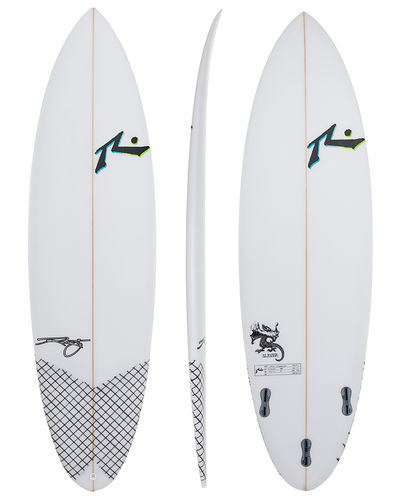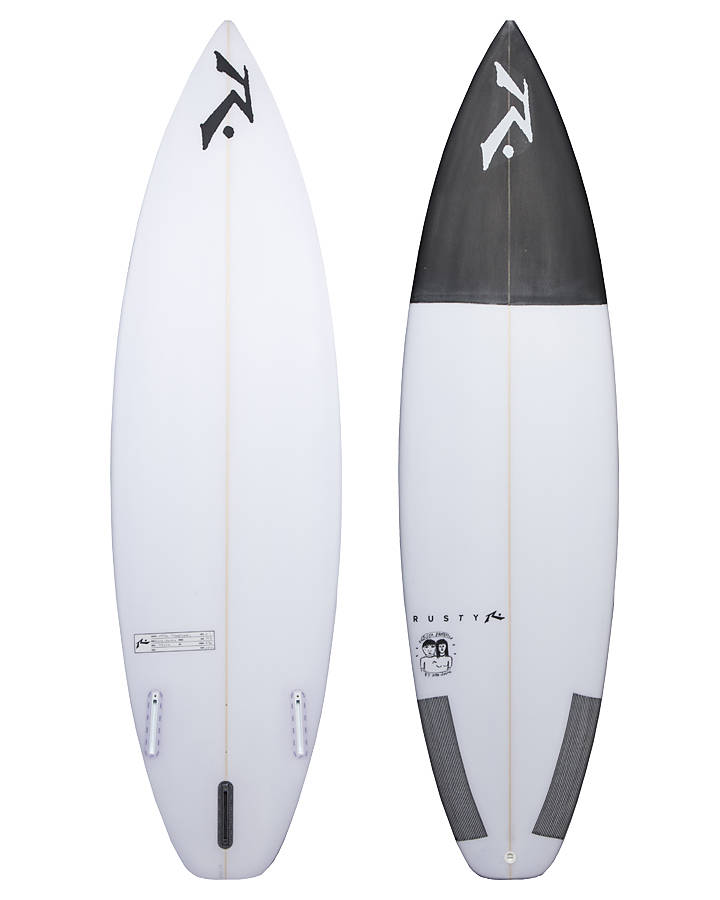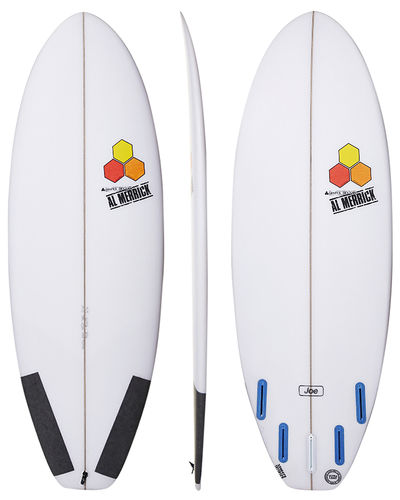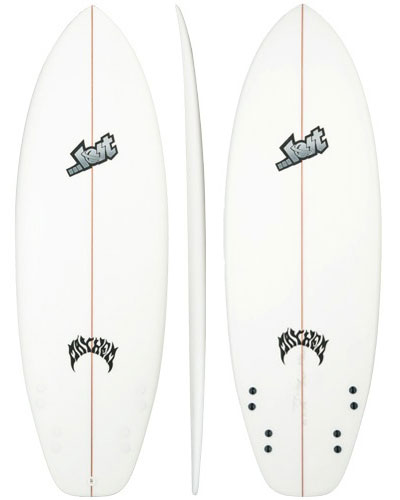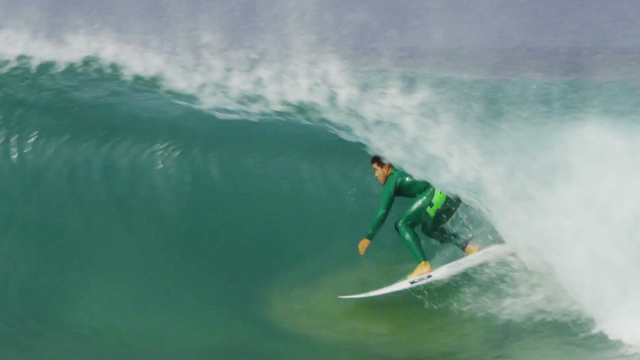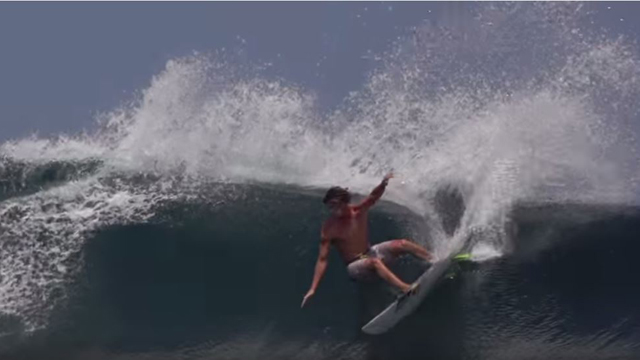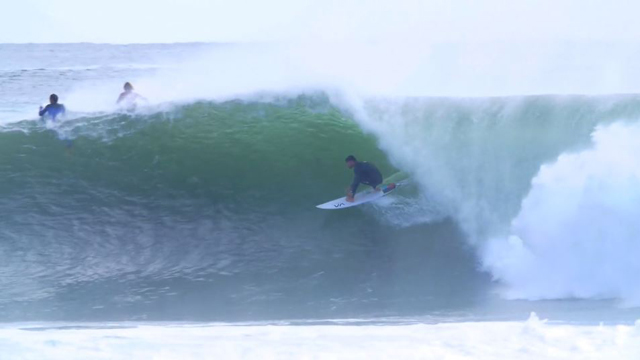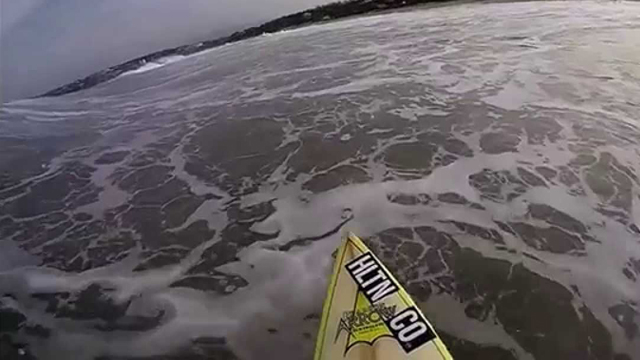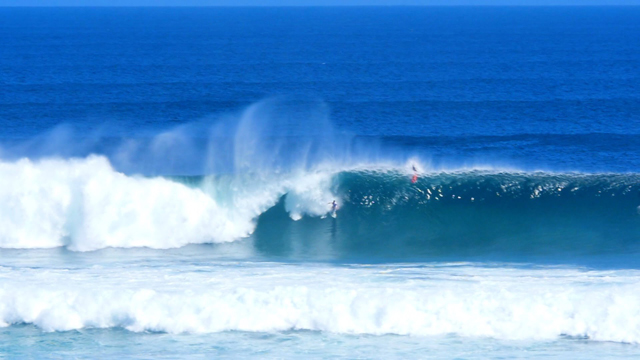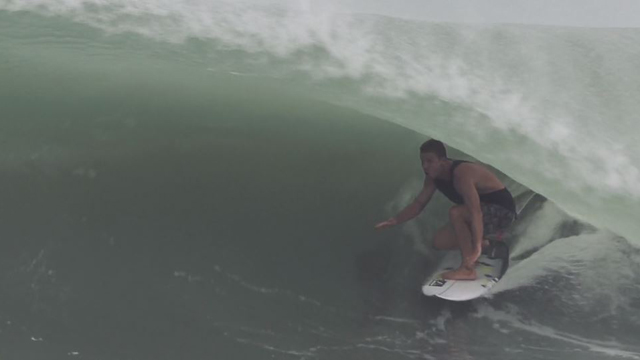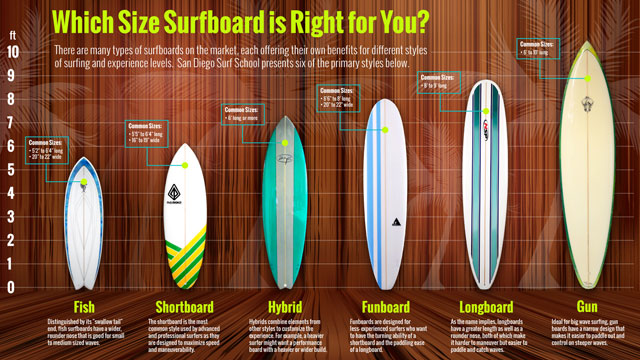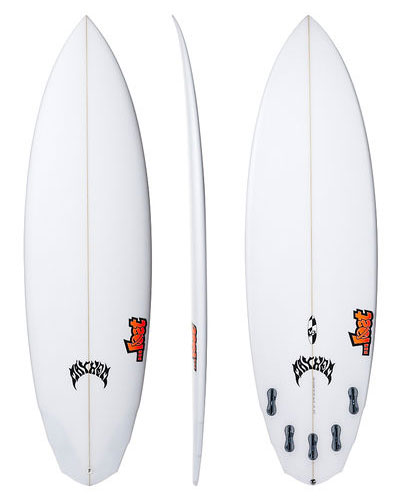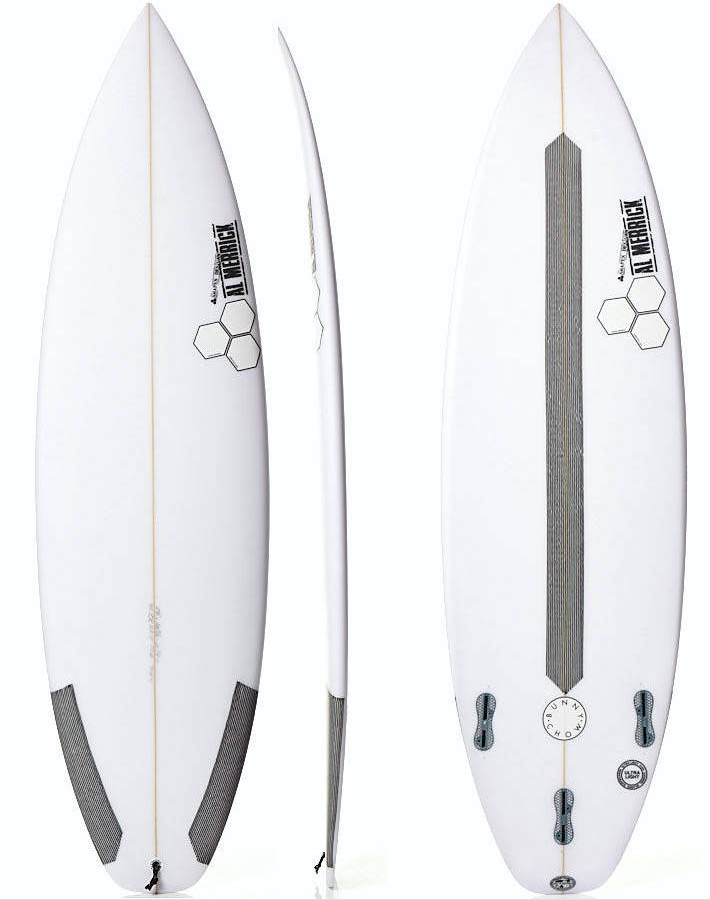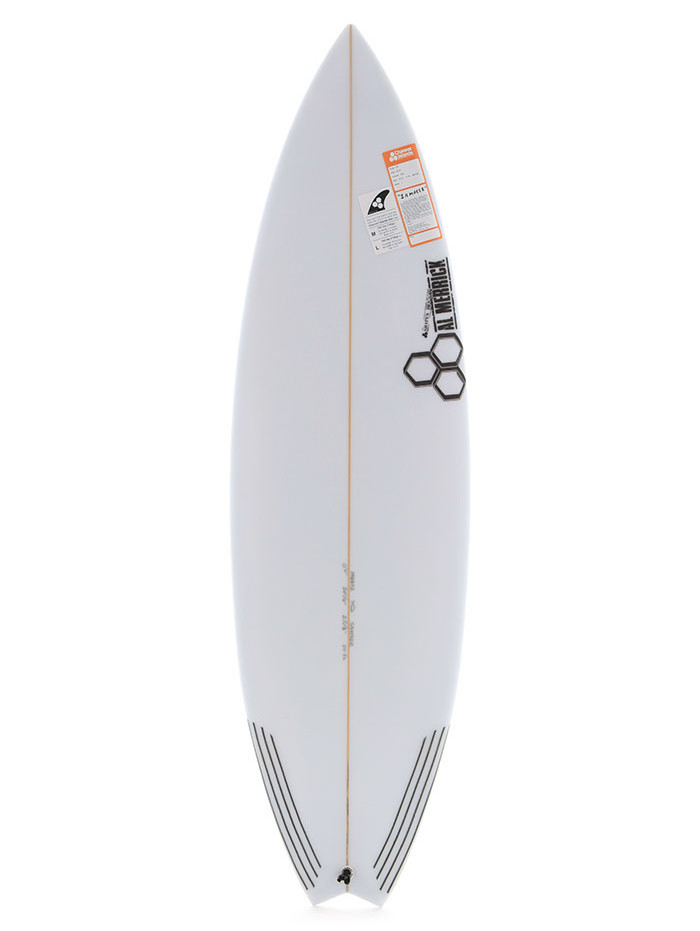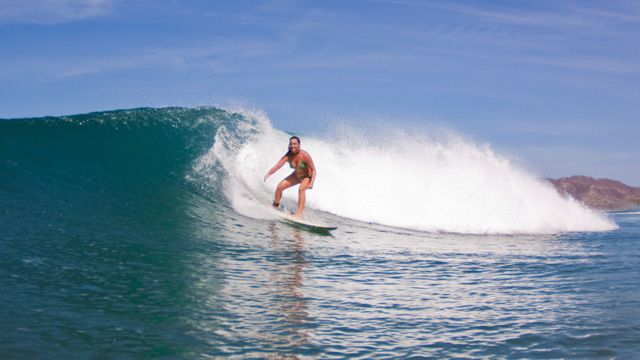
Before we get started…
If you’re looking for a recommendation for good beginner surfboards and more specifically a beginner shortboard, then I’d say the Channel Islands Average Joe or a Rusty Dwart in the larger sizes will get most beginners up and riding quickly and on top of that, either of those boards should serve you until you’re ready for your intermediate board.
 If you just want a decent priced foamy funboard to learn on the the 7′ Greco Foamy over at Amazon will definitely have you covered until you’re ready to get a fibreglass board. They’re durable, surf pretty well and being only 7ft long they’re good mixture of flotation for balance and stability, whilst not being to big to turn well.
If you just want a decent priced foamy funboard to learn on the the 7′ Greco Foamy over at Amazon will definitely have you covered until you’re ready to get a fibreglass board. They’re durable, surf pretty well and being only 7ft long they’re good mixture of flotation for balance and stability, whilst not being to big to turn well.
If you’re looking for a more detailed info on beginner surfboards, then please read on.
As a beginner some board types make it easier to progress. If you haven’t already read it, check out our article on how to choose a surfboard then you’ll know what we mean. There are a few factors that affect how quickly someone will learn how to surf and these factors also affect which beginner surfboards are going to be the best beginner surfboard for you.
Types of Surfboards
Getting your head around the different types of surfboards is going to answer the question:
What surfboard is right for me?
Surfboards for beginners come in a few varieties. So lets check out the best surfboard for beginners.
Funboard
Funboards have extra length and width that adds stability to beginners surfboards, but they’re not as big as a longboard and that makes them a little easier to get out through bigger surf. They also have more manoeuvrability than a longboard but not as much as a shortboard. Funboards are also sometimes called mini mals. Funboards, in my opinion, are the best surfboards for beginners before progressing to a stage that requires a more beginner shortboard. Like I said above this 7′ foamy funboard is a great place to start and I would also recommend a bigger than usual fish surfboard.
Longboards
A longboard is a the easiest type of surfboard to learn how to surf on. Longboards have the maximum amount of volume and stability which makes it much, much easier to get on the waves and get to your feet. Getting to your feet is made easier because the board doesn’t wobble around as much for a beginner who isn’t yet getting to their feet in one smooth movement. The drawbacks here are obviously manoeuvrability and due to the extra size and volume of the board, when the waves start getting larger than 2ft, a beginner will have more difficulty getting a longboard out the back of the break.
Shortboards
Shortboards are the much smaller surfboards. They are much easier to turn because they have less length, width and overall volume. It’s also they factors which make them less stable underfoot and harder to catch waves. That being said there are several that I’ve ridden that would make a perfect beginner shortboard.
Buying a surfboard should be pretty easy once I know what kind of surfboard I should get. Surfboard prices range from as little as $50 or less for used surfboards and can go well over $1000. Brand new beginner surfboards for sale online can be found for well under $800.
So…
How to buy a surfboard?
First, decide on the best surfboard for beginner from the types of surfboards above and please take one extra thing into account a when deciding what surfboard is right for me.
Are you fit?
This is a pretty big question if you’re asking what’s the best surfboard for a beginner.
The larger the surfboard, the easier it is to paddle and get onto waves. So if you don’t have a lot of upper body strength or if you’re unfit, then I recommend a larger board. The best beginner surfboard in this situation is either a larger funboard or a longboard will allow you to get onto waves easier. The larger boards provide a lot more stability and can be ridden on smaller waves that are easier to get out in.
Are you coordinated?
If you’ve done some other board sports before you’ll appreciate the balance and coordination required. So naturally the more coordination you have the less stable you require the surfboard to be and you can choose a surfboard that is a little smaller and more manoeuvrable to learn on.
What type of wave are you learning on?
There’s often certain types of waves available locally to learn on. If it’s a beach break, they’re often more sucky than most point breaks. So basically the more hollow the wave, the shorter the board should be.
If you’re learning on a beach break and you’re not superhuman, a decent sized funboard about 6’8 -7’5 will be good for the smaller days but if it gets bigger and hollow I’d recommend sitting it out for a bit if you don’t have your skills up yet.
The next question you should be asking is:
What length surfboard should I get?
This is where you need to know your weight and the type of board and you can plug it into this handy little surfboard volume calculator. So to give you a reference point, I’m 40, I weigh about 83 kilos, paddle fit, intermediate to advanced surfer and my usual board is about 36 litres.
The best surfboard to learn on is always going to be dependant on the conditions and going from a starter surfboard to intermediate surfboards won’t take you too long if you choose the right beginner surfboards.
